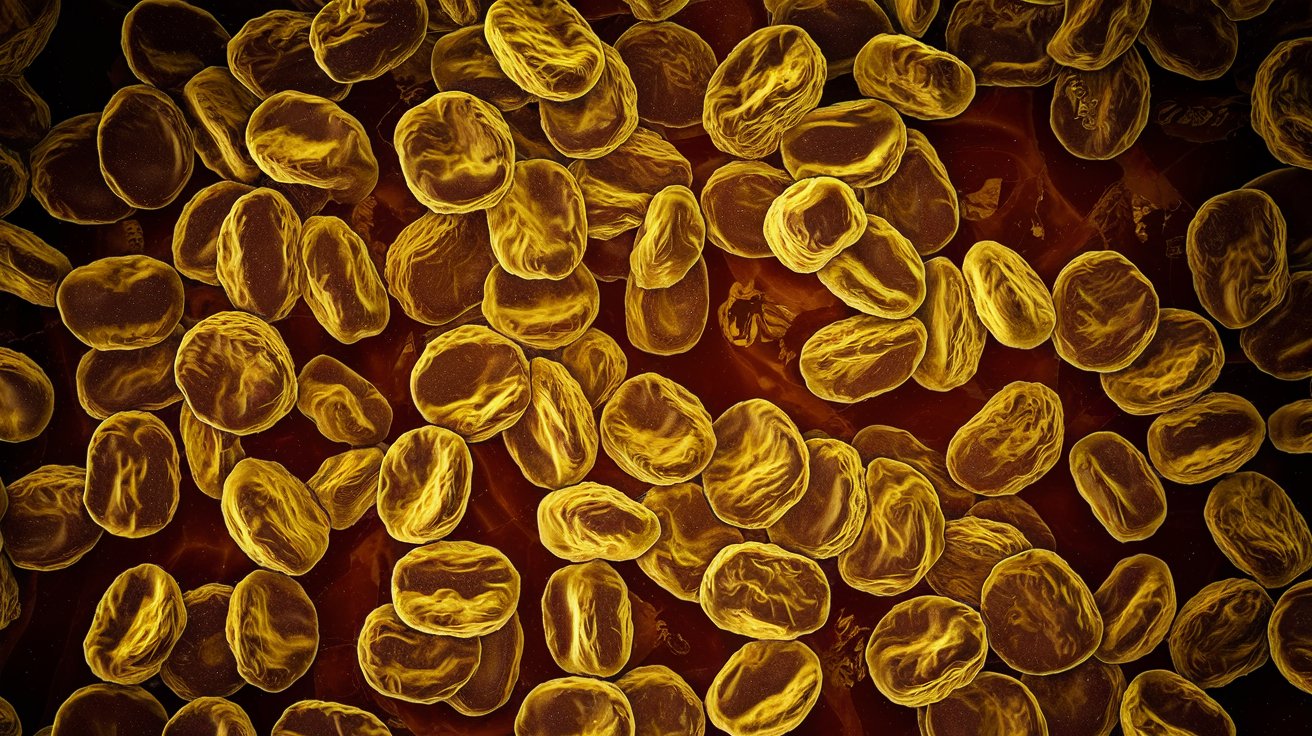
Hereditary hyperbilirubinemia is a genetic condition where bilirubin levels in the blood are elevated. One of the most common forms is Gilbert syndrome, affecting millions globally. This condition results from the liver's reduced ability to process bilirubin, a byproduct of red blood cell breakdown. Gilbert syndrome is usually inherited in an autosomal recessive pattern, but can also be autosomal dominant. Symptoms often include jaundice, fatigue, dark urine, and pale stools. Diagnosis involves medical history, physical exams, blood tests, and genetic testing. While generally mild, understanding and managing this condition can significantly improve quality of life.
Understanding Hereditary Hyperbilirubinemia
Hereditary hyperbilirubinemia is a condition where bilirubin levels in the blood are elevated due to genetic factors. One of the most common forms is Gilbert syndrome. Let's explore some key facts about this condition.
-
Gilbert Syndrome Overview
Gilbert syndrome is a mild condition marked by periods of elevated bilirubin in the blood. Bilirubin is an orange-yellow substance produced when red blood cells break down. -
Inheritance Patterns
Gilbert syndrome can be inherited in two ways. When caused by the UGT1A1*28 mutation, it follows an autosomal recessive pattern. If caused by a missense mutation in the UGT1A1 gene, it follows an autosomal dominant pattern. -
Other Names for Gilbert Syndrome
This condition is also known as constitutional liver dysfunction, familial nonhemolytic jaundice, and Meulengracht syndrome, among other names.
Epidemiology and Pathophysiology
Understanding who gets Gilbert syndrome and why it happens can help manage the condition better.
-
Prevalence
Gilbert syndrome affects about 5-10% of the general population. It is more common in males than females. -
Enzyme Deficiency
The primary issue in Gilbert syndrome is reduced activity of the enzyme UGT1A1, which is responsible for making bilirubin water-soluble for excretion.
Clinical Manifestations and Diagnosis
Recognizing the symptoms and knowing how to diagnose Gilbert syndrome is crucial for effective management.
-
Jaundice
Episodes of jaundice, where the skin and eyes turn yellow, are common. These can be triggered by stress, fasting, or illness. -
Fatigue
Some individuals may feel unusually tired or lethargic. -
Dark Urine
Elevated bilirubin can cause urine to appear darker than usual. -
Pale Stools
Stools may look pale due to the lack of bilirubin. -
Medical History
Diagnosing Gilbert syndrome starts with a thorough medical history to identify any episodes of jaundice or other symptoms. -
Physical Examination
A physical exam can help detect signs of jaundice. -
Blood Tests
Blood tests measure bilirubin levels and assess liver function. -
Genetic Testing
Genetic testing can confirm the diagnosis by identifying mutations in the UGT1A1 gene.
Treatment and Prognosis
While Gilbert syndrome is generally mild, knowing how to manage it can improve quality of life.
-
Fluid Intake
Drinking plenty of fluids helps flush out bilirubin. -
Dietary Changes
Avoiding foods high in sugar or fat can prevent episodes of jaundice. -
Stress Management
Techniques like relaxation exercises or medication can help manage stress, which can trigger jaundice. -
Prognosis
The outlook for individuals with Gilbert syndrome is excellent. The condition is benign and doesn't lead to liver damage or other serious issues.
Related Conditions and Resources
Gilbert syndrome is part of a broader spectrum of bilirubin metabolism disorders. Knowing about related conditions and available resources can be helpful.
-
Crigler-Najjar Syndrome
This more severe form of hyperbilirubinemia is caused by mutations in both copies of the UGT1A1 gene. -
Dubin-Johnson Syndrome
A rare genetic disorder characterized by chronic jaundice due to an inability to secrete conjugated bilirubin into the bile. -
Patient Support and Advocacy
Resources like the Genetic and Rare Diseases Information Center (GARD) and patient support groups offer valuable information and support for those with Gilbert syndrome.
Final Thoughts on Hereditary Hyperbilirubinemia
Hereditary hyperbilirubinemia, especially Gilbert syndrome, is a common yet mild condition. It involves elevated bilirubin levels due to the liver's reduced ability to process this substance. Affecting about 5-10% of people, it often goes unnoticed or is only mildly symptomatic. Jaundice, fatigue, and dark urine are typical signs, but they usually don't require treatment. Diagnosis involves blood tests and sometimes genetic testing. Managing the condition often means simple lifestyle changes like staying hydrated and managing stress. Though benign, understanding and recognizing the symptoms can help individuals manage their health better. With ongoing research and advancements in genetic testing, the future looks promising for those with this condition. By staying informed and working with healthcare professionals, individuals can lead normal, healthy lives despite the occasional flare-ups of hyperbilirubinemia.
Was this page helpful?
Our commitment to delivering trustworthy and engaging content is at the heart of what we do. Each fact on our site is contributed by real users like you, bringing a wealth of diverse insights and information. To ensure the highest standards of accuracy and reliability, our dedicated editors meticulously review each submission. This process guarantees that the facts we share are not only fascinating but also credible. Trust in our commitment to quality and authenticity as you explore and learn with us.


